Power cuts: Zesa imports extra 480MW
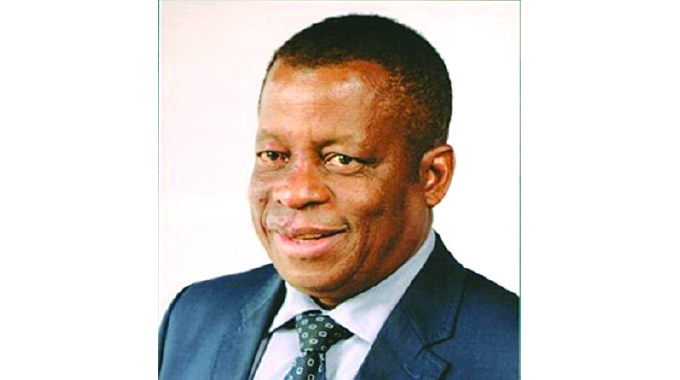
Zvamaida Murwira Senior Reporter
Zesa Holdings is set to add 480 megawatts to its supply over the next two months to bridge the power deficit that has resulted in increased load-shedding at a time it is battling annual losses of $1,5 billion from non-payment of metered supplies, illegal connections and vandalism of infrastructure.
The power utility’s executive chairperson Dr Sydney Gata yesterday said Zesa had concluded power import deals with Zambia and Mozambique to start next month.
Speaking at a function to handover tools of work to staff, he described the deals as irreversible.
“I want to assure the Government and our country that we are not gasping for strategic responses to the challenges that I have highlighted. We have strategic responses to the current emergencies and our contribution to NDS1.
“By 2024, we want to clear the 300 000 customer backlog of connections. Agriculture load has increased by 53 percent in the last year mostly in winter wheat irrigation and we want to satisfy that reliably and what we see as continued expansion in that sector,” he said.
“To meet this emergency, as we speak today, we are just to finalise an agreement with Zambia which will immediately deliver 100MW and in January another 200MW and that will give us some stability. We are also about to finalise an agreement with Cahora Basa to deliver another 180 MW before Christmas and the plans to that are now at an irreversible stage.”
Zambia runs hydro-electric plants at Kariba North and Kafue and after good rains last season and good rains expected this season will be surplus capacity.
Cabora Basa, a huge hydro scheme on the Zambezi River, can step up output as more water flows from Kariba and Kafue power stations into the lake.
Dr Gata said going forward, a permanent solution to energy challenges was to support Independent Power Producers that have been licensed to generate power and sell this to Zesa.
He said independent power producers would boost electricity supply and most Sadc countries had already moved towards that direction.
Zambia had 20 percent, Mozambique 35 percent while some countries such as Ireland had 50 percent, and if Zimbabwe was to support private sector power stations, it would be able to export extra energy and earn foreign currency.
“In general, we must accept that the world has changed to a position where electricity is now produced by the private sector, the independent power producers, and we also have public-private partnerships.
“If we had advanced this opportunity when it became available immediately after the unbundling of 2002 which created the office of a regulator, we would be exporting electricity today,” said Dr Gata.
He said there was need switch the remaining 100 000 customers still on post-paid meters to the prepaid system to ensure payment. Many of those billed after they have used power take time to pay or simply do not pay. At present $15 billion is owed by Zesa customers which the authority is increasing efforts to collect.
Dr Gata said Zesa was on target with increased water rations to resolve challenges at Kariba which saw two of the eight units being offline after every six hours, hence the massive load-shedding.
“We have received additional allocation of generation water from Zambezi River Authority in Kariba which will spring up generation. While Kariba South can generate more as more water is allocated, Hwange Thermal, the other major station, needs significant refurbishment. The first two phases were commissioned in the 1980s and significant machinery needs to be replaced. We are now fully funded with US$310 million from India’s Eximbank to finance refurbishment of Hwange units,” said Dr Gata.
Zimbabwe has been battling long hours of load-shedding owing to reduced electricity generation due to obsolete equipment and foreign currency related challenges.
But besides the $15 billion owed by customers on older meters, there is a problem of illegal connections.
A blitz conducted by Zesa’s distribution arm, Zimbabwe Electricity and Distribution Company (ZETDC), in Harare South recently showed that of the 51 homesteads visited, 45 of them had illegal connections.
Energy and Power Development Acting Minister Dr Jenfan Muswere yesterday called for smart metering and implored Zesa’s loss control arm to remain vigilant while delivering a keynote address at an event to commission motorbikes for use by ZETDC revenue assurance operations and the official launch of Operation Usabe Magetsi/Lingebi amagetsi.
“I am reliably informed that non-technical losses contribute about 5 percent of our total revenue, and if we are to use the ZESA 2020 financial results as a point of reference, the loss translates to about $1.4 billion.”
Minister Muswere said Zesa must devise ways to curb vandalism as it could be an obstacle for the entity to achieve Vision 2030 anchored by the National Development Strategy 1.
“Power generation and Zesa in particular is a strategic organisation which will contribute to the macro-economic stability of his country. There can never be sustainable agriculture, favourable balance of trade, US$12 billion mining economy without sustainable efficient power generation. Electricity is the cog, ICT is now the new oil and we need an integration of these two sectors to have growth in terms of gross domestic product,” he said.

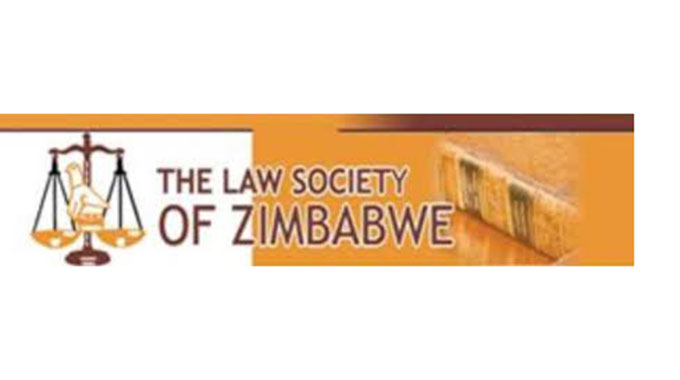

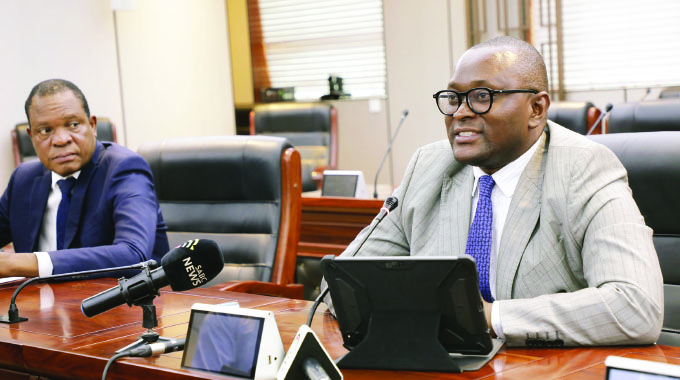
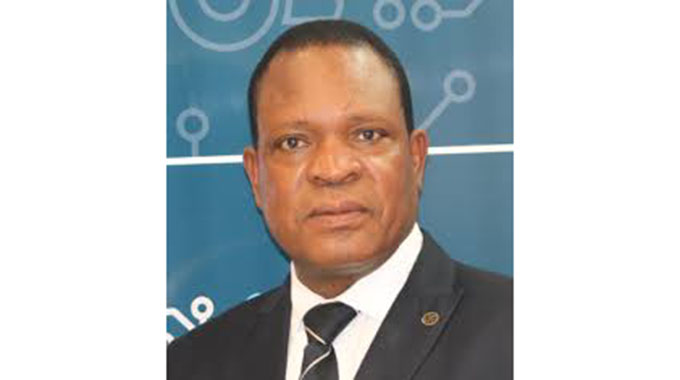
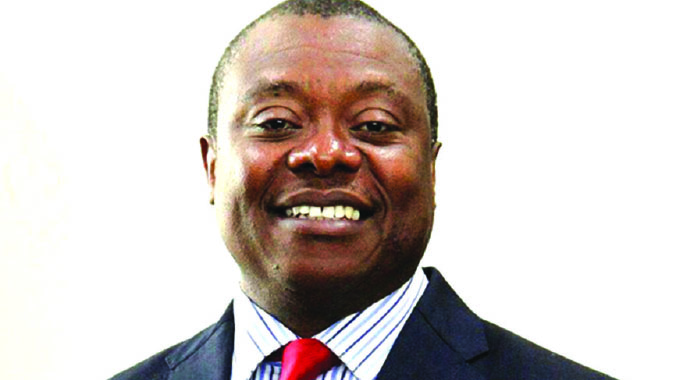

Comments